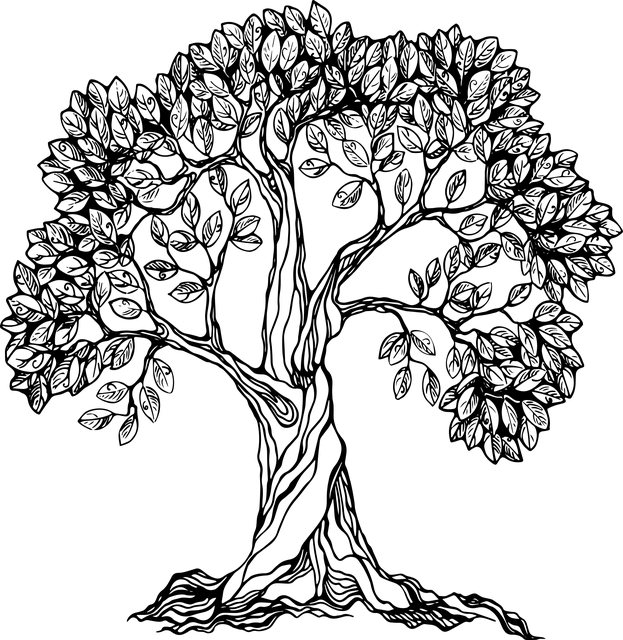
This is a true method for developing the amazing Reiki healing ability to cure any disease in just 5 days of training.
Kaiji Tomita was a Japanese man living in Osaka in Japan in the Taisho era (1912-1926).
Kaiji Tomita
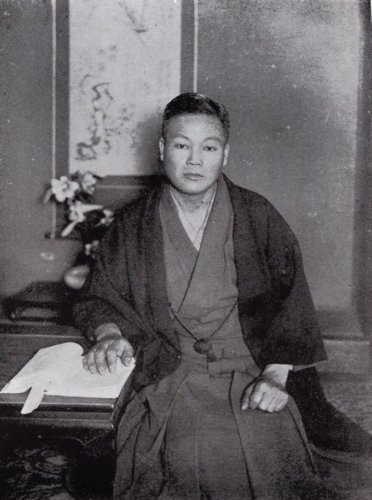
Tomita learned the original Reiki directly from Mikao Usui, the founder of Reiki at the Usui Reiki Ryoho Gakkai (Usui Reiki Therapy Society).
If you are interested in the details of the amazing life of Mikao Usui, the founder of Reiki, please click the link below.
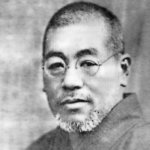
After that, in order to spread Reiki in Japan, Tomita opened his clinic in front of Ichioka Junior High School (the current Ichioka High School) in Minato-ku, Osaka, where he established the “Tomita Hand Healing.”
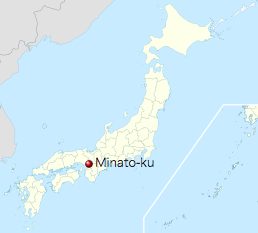
Source – Own work
Amazingly, Tomita gained a miraculous healing power to cure all kinds of diseases in only 10 hours of Reiki training.
If you are interested in the episode of Kaiji Tomita’s Reiki treatment shortly after he learned Reiki, please click the link below.
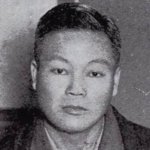
According to Tomita, such power is inherent in all humans, and anyone can acquire it if they train in the right procedures.
Unfortunately, Usui, the founder of Reiki, did not leave any writings on his own Reiki therapy, so it is not possible to know the details of how the Usui style Reiki therapy was actually practiced now.
However, Tomita described in considerable detail how to develop his Reiki healing abilities in his book “Reiki to Jinjutsu: Tomita-Style Hand Therapy” which was published in 1933.
In this post, I would like to introduce Kaiji Tomita’s method for developing amazing Reiki healing ability to cure any disease in just 5 days of training.
Japan’s Original Reiki Diagnostic Techniques That Were Not Conveyed to Western Reiki
When you feel pain or soreness in the body, it is usually assumed that the area of pain or soreness is the site of the disease.
In fact, the painful area is not the entire site of the disease.
According to Tomita, the area of pain in the disease is often rather different from the area that caused the disease.
Unlike Western Reiki therapy, in the original Japanese Reiki therapy, before beginning a Reiki treatment, the practitioner makes a Reiki diagnosis based on the Reiki sensations, such as a warm or tingling sensation felt in the palm of the hand when the practitioner places his or her hand on the body of the sick person.
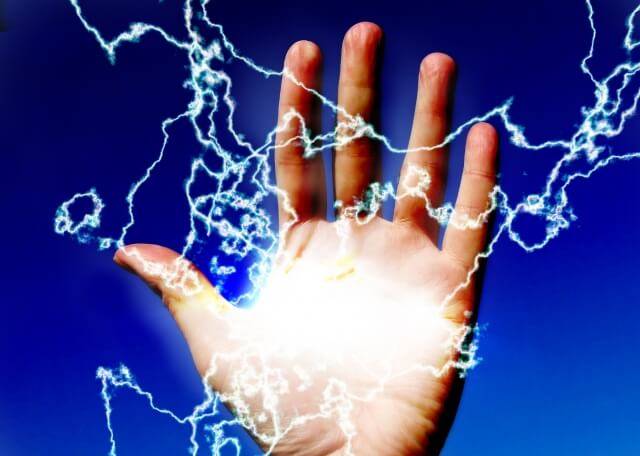
Tomita named this Reiki sensation Byoukan, but in Jikiden Reiki, it is called Byousen or Hibiki.
If you want to know more about Byoukan, please click the link below.
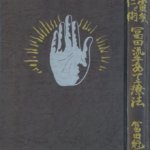
Furthermore, in Kaiji Tomita’s Reiki therapy, based on Byoukan, the practitioner identifies two types of disease areas, that is, the area where the symptoms of the disease appear is called Byousho, and the area that causes the disease is called Byoukon.
Regarding this Byousho and Byoukon, Tomita gives an interesting Reiki treatment example.
One day, Tomita performed a Reiki diagnosis of the body of a child who suffered bloodshot eyes and eye mucus.
He explored the location of the disease based on the intensity of Byoukan felt in the palm of the hand when he put his hand on the child’s body.
Strangely enough, Tomita often felt Byoukan emitting more strongly in the chest than in the eyes.
He also found that treating the chest along with the eyes was very effective.
So, as a comparative Reiki experiment, Tomita tried treating two children with the same disease with different conditions.
That is, he treated only the chest with Reiki for one child and only the eyes with Reiki for the other child.
As a result, Tomita found that although they both had the same symptoms of the same disease, the child who was treated for the chest only healed much faster than the child who was treated for the eyes only.
Through this comparative Reiki experiment, Tomita found that the eyes were just the place where the symptoms of the disease appeared and that the actual source of the disease lied in the chest.
The Relationship Between Byousho and Byoukon
In general, Byoukon often appears in internal organs such as the kidneys and liver.
When the practitioner diagnoses the sick person’s body with Reiki, the practitioner can identify Byoukon as the place where the practitioner feels a stronger Reiki sensation than Byousho, which is the place where the symptoms of the disease appeared.
Of course, Byousho and Byoukon may occur in the same part of the body.
Considering the course of the development of the disease, Byousho and Byoukon have a relationship corresponding to the fruit and the root of the tree, respectively.
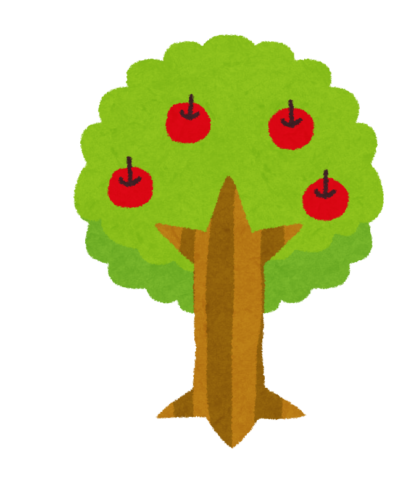
Therefore, in Japan’s original Reiki therapy, Byousho and Byoukon should be clearly distinguished from each other.
In Western Reiki therapy, the practitioner typically reduces or eliminates physical pain and soreness in the sick person’s body by placing his or her hands on the area where the symptoms of the disease occurred and this area corresponds to Byousho.
But no matter how much you try to get rid of the symptoms of the disease appearing on the fruit, if the roots of the tree are affected by the disease, the entire tree will die.
In the same way, treating Byousho alone with Reiki will not be a radical cure.
And this is one of the major reasons why many Western Reiki healers, unlike the original Japanese Reiki healers such as Mikao Usui and Kaiji Tomita, can only exert a therapeutic effect not much different from the placebo effect.
According to Tomita, in order to cure the disease radically and completely, the practitioner should focus on identifying and treating Byoukon, and not be misled by the painful areas of the sick person’s body.
One Example Showing the Relationship Between Byousho and Byoukon
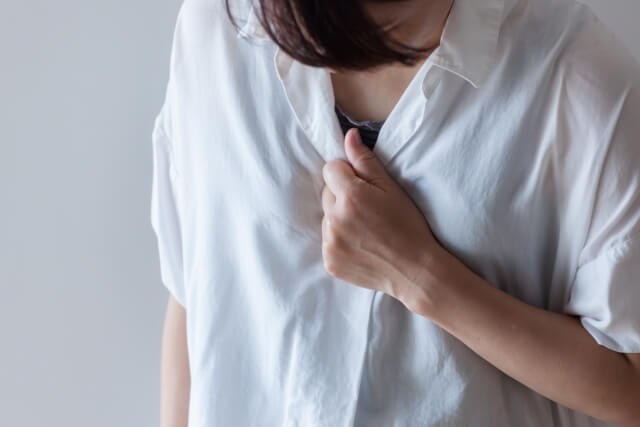
Here is an interesting example by Tomita about this mysterious relationship between Byousho and Byoukon.
Tomita once used Reiki to diagnose in detail a woman with breast cancer, an incurable disease at that time.
If a woman is diagnosed with breast cancer in a hospital, it would be common for doctors to treat or operate on her breasts.
But in this case, even if the breast tumor is removed, it is only a temporary treatment because the breast cancer may come back, and it is not a complete cure.
Tomita studied women with breast cancer in detail with Reiki diagnosis and surprisingly discovered that the uterus is the source of breast cancer and the treatment of the uterus is effective in treating breast cancer.
According to Tomita, the uterus and the breast are physiologically very closely related; if the is a Byoukon in the uterus, Byousho will appear in the breast.
Therefore, Tomita argues that in the Reiki treatment of breast cancer, it is not enough to treat the diseased breast alone, but to treat the cause of the disease, the uterus, as well, which will lead to a radical cure.
According to Tomita, there are only a few types of Byoukon that cause the disease, but from this small number of Byoukon, a very large number of Byousho appear in the human body with diverse disease symptoms.
Therefore, if the practitioner tries to treat mainly Byousho, the treatment is more complex because of the diversity of symptoms.
On the other hand, if the practitioner focuses on Byoukon, the treatment is effective and appropriate because it is simple and can cure the disease fundamentally.
Therefore, since the distinction between Byoukon and Byousho is extremely important for treatment in Tomita’s Reiki therapy, the practitioner first clarifies them in the Reiki diagnosis and then gives priority to Byoukon in the Reiki treatment.
And this identification of Byoukon/Byousho by Reiki diagnosis and Reiki treatment with emphasis on Byoukon is the most important feature of the original Japanese Reiki therapy, which is one of the techniques that Western Reiki therapy did not inherit.
Another Example Showing the Relationship Between Byousho and Byoukon
Regarding the relationship between Byoukon and Byousho, Tomita gives another interesting example from his extensive Reiki treatment experience.
According to Tomita, a branch manager of a company took a leave of absence for about a month and stayed at home to recuperate from a disease.
However, because the treatment of the disease was not promising, the branch manager applied for treatment at Tomita’s Reiki therapy society.
This branch manager was having a very difficult time, as he had repeated the disease 23 times every year for about two years.
According to him, his right leg was painful.
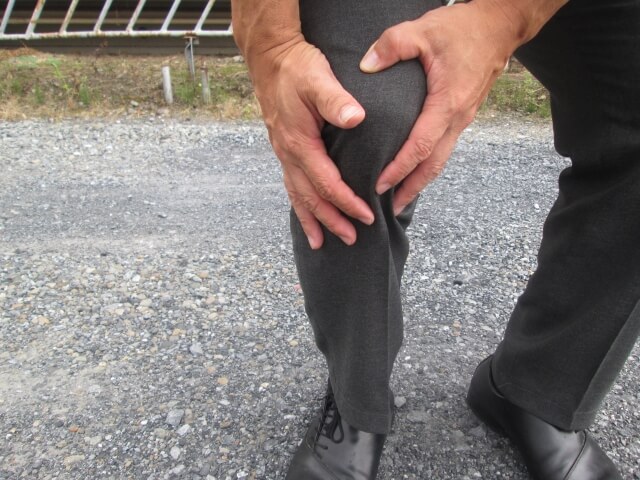
His doctor tried his best to administer medication to the branch manager, and even an authority specializing in neurology examined him, but it was not clear what exactly the disease was.
When Tomita diagnosed this branch manager’s body with Reiki, the main disease was in the right kidney, and this kidney disease seemed to be affecting other parts of the body.
In fact, when Tomita continued the branch manager’s Reiki treatment for three or four days, various signs of disease (i.e., fever of 38 degrees Celsius (about 100 degrees Fahrenheit), cloudy urine, pain in the inguinal glands, etc.) began to appear in the response phase of the Reiki treatment.
Regarding these signs, the branch manager’s doctor diagnosed it as due to pulmonary apex, the neurologist diagnosed it as due to spinal caries, and the diabetic doctor diagnosed it as due to diabetes, and each doctor insisted that their diagnosis was correct.

Thus, as a result of these three doctor’s diagnoses, the branch manager’s disease was diagnosed as pulmonary apex, spinal caries, and diabetes.
The results of this diagnosis surprised the branch manager, as well as his colleagues in the company, and they rushed to visit the branch manager anyway.
According to Tomita’s therapeutic experience, when a practitioner treats a chronic disease like this one that has lasted for two years with Reiki, some Reiki treatment response (healing crisis) occurs.
Before the Reiki treatment, the branch manager felt no symptoms other than the pain in his leg.
However, when Tomita began treating the branch manager with Reiki, various signs as mentioned above appeared, so it was clearly a Reiki treatment response.
At that point, the branch manager was exhibiting fever, diabetes, and pain in the spine, so it was natural for these doctors to argue that proper treatment for these symptoms must be provided.
In fact, the doctor specializing in diabetes suggested to the branch manager to undergo treatments such as medication and diet regimen against diabetes.
Meanwhile, the doctor specializing in neurological diseases suggested to the branch manager to undergo treatments such as medication and diet regimen against spinal caries.
Furthermore, the branch manager’s doctor, who diagnosed those symptoms as being due to pulmonary apexes, also made a similar suggestion to the branch manager.
However, the branch manager did not accept these suggestions and continued with the Reiki treatment, perhaps thinking that it was impossible to implement all these doctors’ suggestions.
Then, after four or five days, the manager’s fever and diabetes disappeared from his body.
According to Tomita, the appearance of fever and diabetes during such treatment is due to a kind of healing crisis that is often seen in the body’s healing process in Reiki therapy.
(Continue to “How to Completely Master Amazing Reiki Therapy in Just 5 Days of Training” [Part 9])
Reference
- Kaiji Tomita (February 1933). “Reiki To Jinjutsu: Tomita-Style Hand Therapy.”
Published on December 5, 2020
Written by OTAKUPAPA

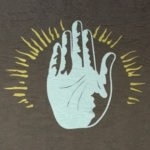
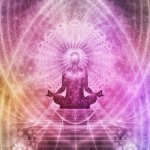
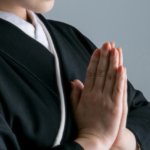
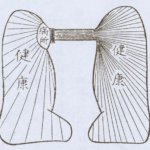
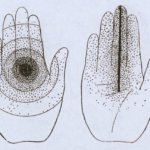
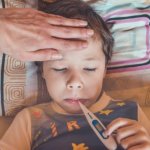

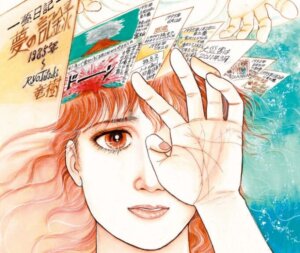
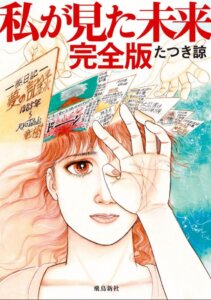
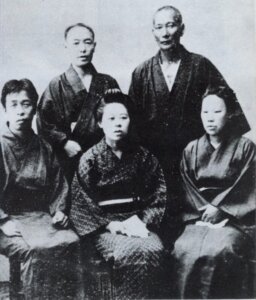

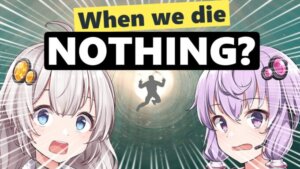
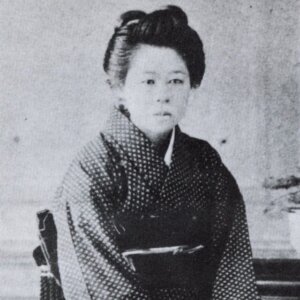
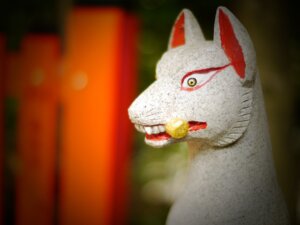

Comments